Table of Contents:
1. Introduction to Graphical Input Devices
2. Types of Graphical Input Devices
3. Features of Graphical Input Devices
4. Importance of Graphical Input Devices
5. Applications of Graphical Input Devices
6. Conclusion
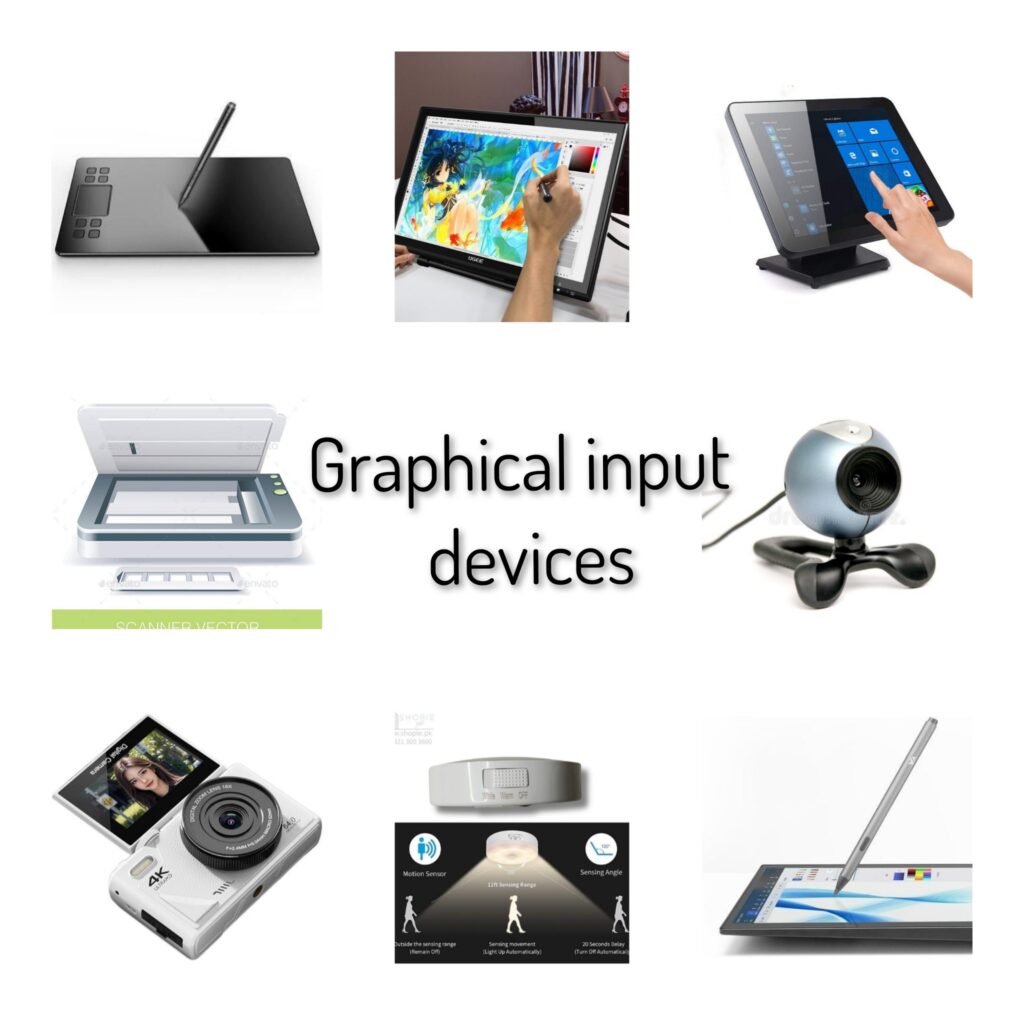
1. Introduction to Graphical Input Devices
Graphical input devices are specialized hardware tools used to input visual and graphical data into a computer. These devices allow users to interact with software by drawing, selecting, or capturing images and data directly. They are crucial in design, gaming, and professional applications, enabling smooth interaction between humans and machines.
2. Types of Graphical Input Devices
Graphical input devices come in various types, each designed for specific purposes:
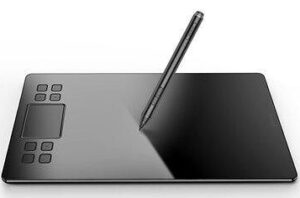
a. Light Pen
A handheld pointing device used for drawing or selecting directly on the screen.
Commonly used in CAD applications and graphic design.
b. Graphics Tablet (Digitizer)
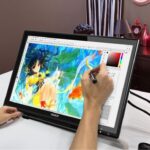
Consists of a flat surface and a stylus for precise drawing and sketching.
Widely used by artists and designers for creating digital art.
c. Touchscreen
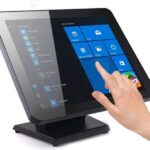
Combines input and output functionalities, allowing users to interact via touch gestures.
Found in smartphones, tablets, and interactive kiosks.
d. Scanner

Captures images or documents and converts them into digital format.
Includes flatbed scanners, handheld scanners, and barcode scanners.
e. Webcam

Captures live images or videos for input into a computer.
Used in video conferencing, security systems, and multimedia applications.
f. Digital Camera
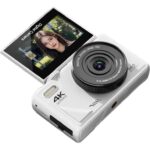
Captures high-resolution images and transfers them to computers for editing or storage.
Digital cameras are widely used in photography, videography, and multimedia production. They capture high-resolution visuals, making them ideal for creating digital content, presentations, and professional projects.
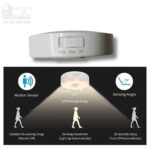
g. Motion Sensors
Detects movements and gestures to interact with devices.
Commonly used in gaming consoles like Xbox Kinect.
h. Stylus Pen
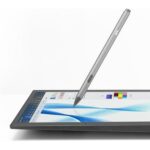
A pen-like device used for precise input on touchscreen devices or graphics tablets.
A stylus pen offers the accuracy of traditional writing and drawing, making it a preferred choice for designers and educators. It provides a natural writing experience and supports advanced features like pressure sensitivity and tilt detection
3. Features of Graphical Input Devices
1. Precision Input: Offers accurate input for design and professional work.
2. Versatility: Supports various tasks, including drawing, scanning, and capturing visuals.
3. Ease of Use: Simplifies interaction with complex software.
4. Compatibility: Works seamlessly with design, gaming, and office applications.
4. Importance of Graphical Input Devices
Enhanced Creativity: Enables artists and designers to create detailed digital art.
Improved Productivity: Simplifies workflows in design, gaming, and office tasks.
Real-Time Interaction: Provides instant feedback for better user experience.
5. Applications of Graphical Input Devices
Graphical input devices are used in various fields:
Design and Art: Graphics tablets, light pens, and stylus pens for digital drawing.
Gaming: Motion sensors and touchscreens for immersive experiences.
Education: Interactive whiteboards and touchscreens in digital classrooms.
Healthcare: Scanners and motion sensors for imaging and diagnostic purposes.
Business: Barcode scanners for inventory management.
6. Conclusion
Graphical input devices play a vital role in modern computing by bridging the gap between human creativity and digital technology. Understanding their types, features, and applications is essential for students, professionals, and enthusiasts looking to harness the power of these devices
More related topics :
Graphic display devices:https://graphic-display-devices-types-functions-benefits

Leave a Reply